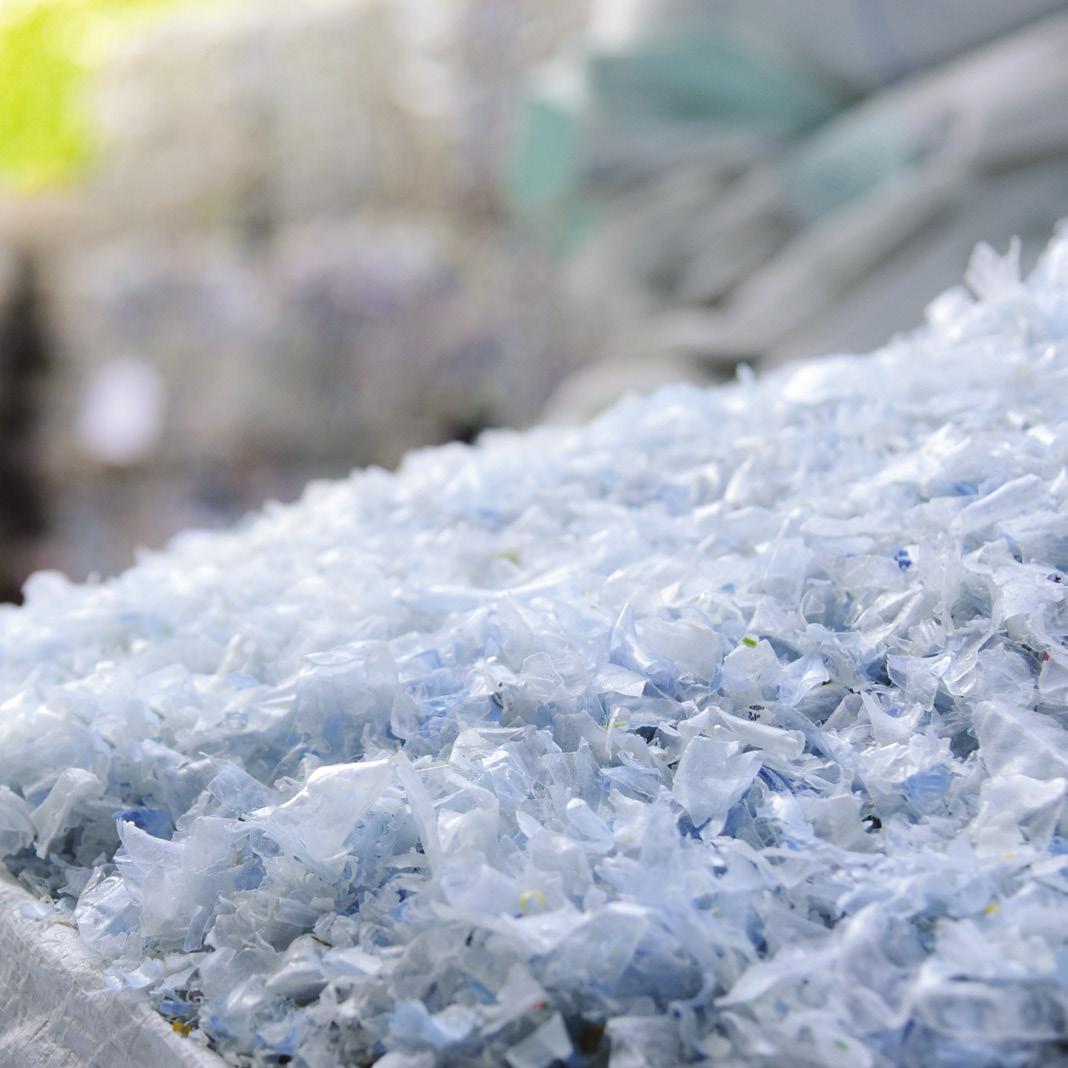
4 minute read
Summary
from Fixing the system
The meteoric rise of plastic, from 1.7 million tonnes produced in 1950 to more than 350 million tonnes a year today, was enabled by its versatility, its durability and, perhaps most crucially, its cheapness. 1 This rise coincided with people embracing ‘throwaway living’. In 1955, Life magazine was lauding disposable items that “cut down household chores”, which were mainly, but not exclusively, made from plastic. These included a set of six dog feeding bowls ($1 for the lot) and a set of ‘disposa-pans’ that “eliminates scouring of pots after cooking” ($2.98 for eight). 2
We are beginning to realise the short sightedness of this approach which is now embedded across society, in modern times aiding our increasingly on the go lifestyles. Material that is not valued is too often discarded after brief use, and the impacts of mismanaged plastics have been devastating to the marine environment. Heightened public awareness means businesses and governments are scrambling to address plastic pollution. But plastic is not the only material that is currently undervalued. We demonstrate the risks of simply removing it from an already dysfunctional system and replacing it with other materials that essentially perform the same functions. Our analysis shows that doing so will damage the environment in other ways. What is needed now is an approach that tackles the impacts of all resources, rather than considering plastic alone. These are our recommendations: Plastic-only strategies won’t work Piecemeal policies that only tackle certain uses of plastics or encourage simple substitution for other materials could lead to environmental impacts down the line that could be avoided if foresight is used. We show how the government can help to improve the sustainability of many common materials in use, including increasing the amount of steel reused, improving the recyclability of glass, paper and aluminium, and tackling non-packaging plastic. We highlight the steps that should be taken at every stage of the lifecycle of bio-based and compostable materials, to prevent unintended consequences of their use and make sure they really do lead to environmental improvements. These range from assurances on raw material sourcing through to better standards that match real life treatment options. New guiding principles are needed A systemic approach, as part of a circular economy for resources, should ensure that material use meets three overarching requirements: safety, sustainability and efficiency. That means, for instance, that unnecessary
Advertisement
applications and certain types of material use should be eliminated, that all environmental harms should be considered and that exposure to hazardous substances should be prevented. There is justified public concern about the presence of harmful chemicals, like phthalates and bisphenol A, in plastics. We show that there are concerns about other materials, too, including the use of the ‘forever chemicals’ PFAS to improve water resistance in paper, card and compostable material. An urgent review of regulations for food contact materials is required. Better infrastructure and systems should be developed Our leading message is the overall need to use less material. But creating a more circular economy for the materials we have to use will require the right infrastructure and carefully considered systems. To improve performance and ensure customer buy-in to reusables, for instance, we recommend a set of guiding principles as companies explore options for reuse. These include getting the delivery system right for each type of product; making it easy and attractive for consumers; and ensuring material use does not increase, as is a risk with repeat purchases of ‘bags for life’. In the case of plastics, new chemical recycling technologies are being touted as offering endless possibilities for creating new products. But, to keep material circulating at the highest value, we propose a recycling hierarchy that prioritises mechanical recycling ahead of these novel technologies, as it uses the least energy. This should be followed by chemical depolymerisation and, finally, thermal cracking, only used where material is too degraded for other recycling processes and it reduces energy use. Fiscal incentives should be used to their full potential The proposed tax on plastic packaging with less than 30 per cent recycled content has already helped to increase investment in plastic recycling facilities. But the tax has flaws. We show how it could be improved and how other effective fiscal measures could lead to better resource use. We argue that the Treasury should increase the tax’s ambition and efficacy by introducing an escalator. We also argue that the government should be using fiscal measures to encourage lower material use across the economy, helping to meet the net zero goal. This should include further use of virgin materials taxes. The plastic pollution crisis has highlighted major failings in how society uses and values all its resources. As the UK implements its resources and waste strategy and prepares to host the UN climate conference in Glasgow in November 2020, now is the time to re-evaluate and make sure we end throwaway culture for good.








